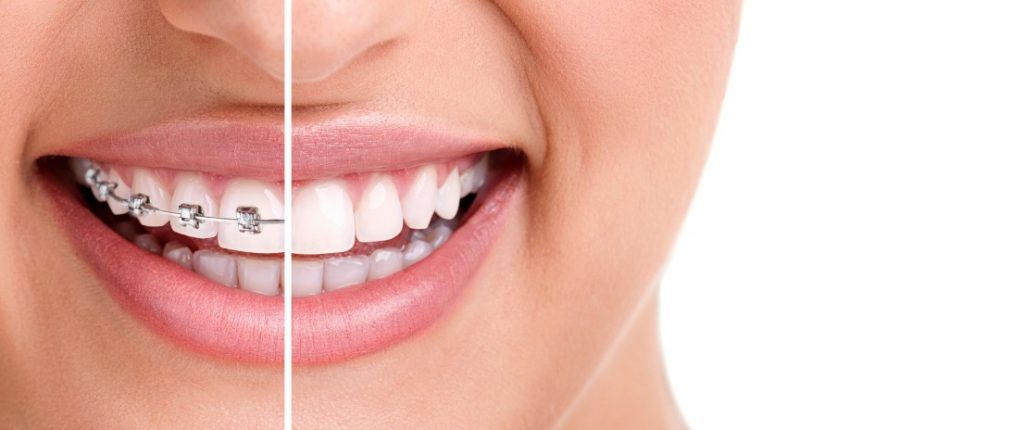No comments yet.
RSS feed for comments on this post.
Sorry, the comment form is closed at this time.

If you’re in braces now or have been in the past, you know how much you look forward to getting them off and seeing your results. But while there’s no question that orthodontic treatment is well worth it, it does require extra effort to keep your teeth clean when you’re in brackets and wires. Unfortunately, regularly leaving plaque behind after brushing often leads to white spots, which ultimately takes away from the aesthetics of your straight new smile. The good news is that cosmetic dentistry can correct many common problems with enamel and ortho, including white spots. Keep reading to learn more and find out what your treatment options are!
Your enamel is made of minerals such as calcium and phosphorous. Plaque is acidic, and when it sits on the enamel long enough it begins to eat away at the surface layer, reducing the mineral content over time. One result of this demineralization process is the development of soft spots that have a white, chalky appearance. In addition to affecting the appearance of the teeth, white spots are also a precursor to cavities.
If it’s caught early enough, demineralization can be prevented or reversed with excellent brushing and flossing habits and topical fluoride, which remineralizes the enamel layer and gives it a nice, even appearance. If it isn’t caught early enough, white spots can be treated with cosmetic dentistry.
There are various cosmetic treatments that can be used, depending on the severity of your white spots:
White spots can really affect the overall look of your teeth after braces. But with one of these options, you can have a smile that’s not only straight, but also beautifully healthy and white.
Dr. Sheri McIntosh is a general, restorative, and cosmetic dentist who loves to help her patients feel great about their smile. In addition to providing multiple orthodontic options, she also has several ways to treat stubborn white spots after treatment. Call if you have any additional questions.
No comments yet.
RSS feed for comments on this post.
Sorry, the comment form is closed at this time.